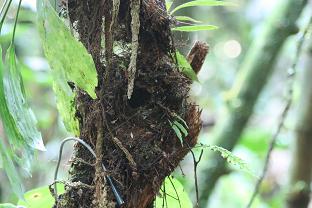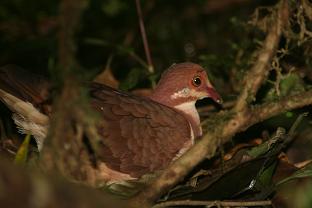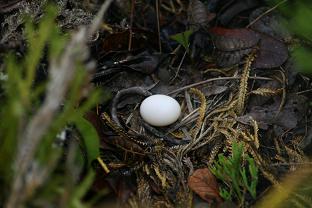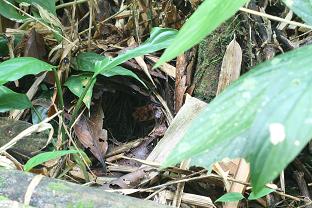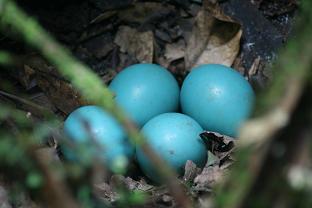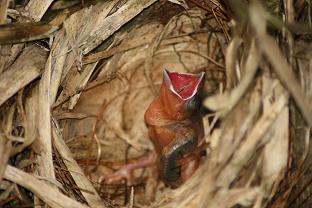Avian Nesting Ecology Along an Elevation Gradient
Avian reproduction is unique among oviparous organism, because embryo development depends on direct heat transfer from incubating adult (Deeming 2002, Turner 2002). Egg-adult interaction creates a trade off between embryo growth and adult energetic requirements (Williams 1996; Tinbergen & Williams 2002; Turner 2002). Incubating birds must leave their nest to acquire energy to successfully sustain regular incubation sessions, which is critical for proper embryo development. Simultaneously, incubation recess decreases egg temperature slowing embryo development, therefore delaying hatching time. There is general agreement that ambient temperature, predation risk and food availability influences the duration and frequency of incubation recess bouts. However, it is not well understood how investment decision (e. g., egg and nest quality) made by birds prior the onset of incubation interact with the variables mention above to influence incubation behavior, hatching success, and energy expenditure.
Thus, understanding avian investment decisions during incubation will help us to increase our knowledge not only on bird incubation behavior variation, but also on the reproductive success of bird’s species on a particular area. Usually birds time their reproductive period during favorable nesting conditions (e. g., high food availability, constant temperature) making difficult to understand investment or behavioral decisions by a particular species or individual. However, tropical birds that nest along an altitudinal gradient can be an excellent system to understand behavioral and investment decision during the incubation period, as they are expose to different environmental variables during the breeding season.
Bird species that reproduce along an elevational gradient synchronize their nesting season. However, environmental conditions differ among elevations on tropical areas, but not on temperate ones (Janzen 1967). Therefore, environmental differences among elevations on the tropics are ideal to understand avian investment decisions and behavioral variation during incubation. Furthermore, because the different breeding populations along the gradient had been exposed to similar geological changes and selection pressures, variation on incubation behaviors are more likely to be the result of different strategies and not the result of different selection pressures.
